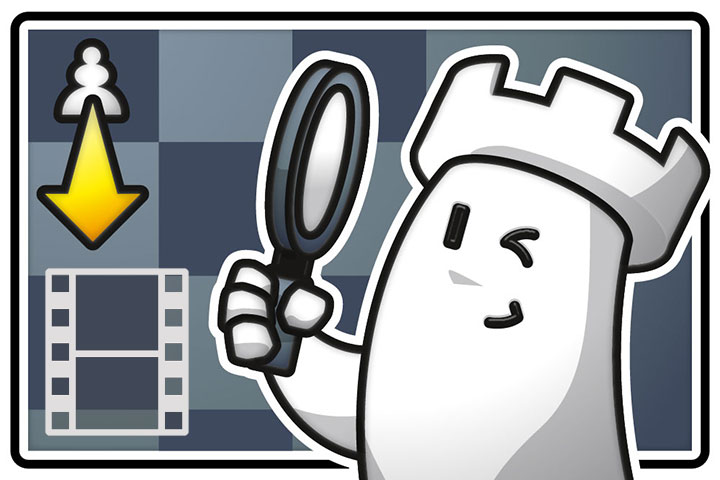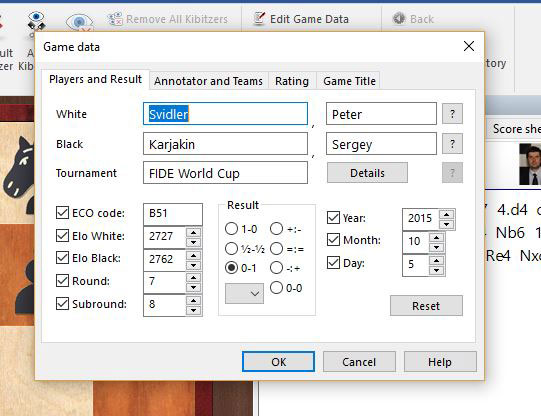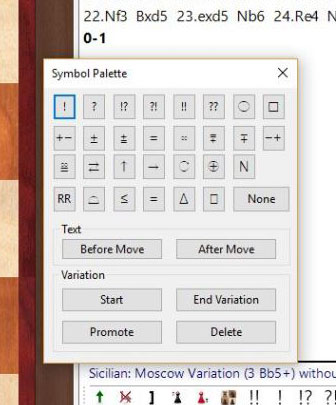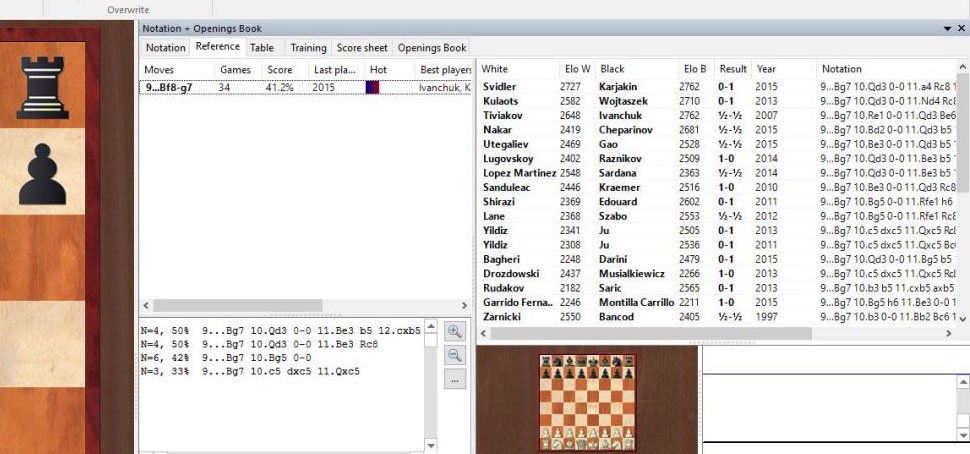


There are many cool features which you can use to analyse your games using ChessBase 14. Below you will find some guidance on the many different resources available, to help you get started. There are many toolbars and menus to choose from, however, with some practice, you will know how to use all of them in no time at all.
Below IM Michael Rahal shows you all the basics in a brief video, or if you prefer written tips, you can also find them below. Click or tap any image to expand.
FIDE Trainer and IM Michael Rahal takes you through the essential feature of ChessBase
For readers you prefer to learn with illustrated descriptions, here's a primer on how to get started annotating your games with ChessBase in seven simple steps.
1. Choose a location
Choose which database you would like to use to save and analyse your game.
Simply right-click and choose "new database" or you may choose "open database"
2. Open a "Board"
Once the chosen database is open choose "board" from the "home" menu. This will open up the window from which you will do the remainder of your work.
3. Input moves (or choose previously saved game)
Input your moves into the board, making sure all the moves are inputted correctly from your scoresheet
4. Save the game info

Once the moves are input it is advisable to save the game and input the player's names and any other information that you wish to include (rating, tournament, date etc.)
5. Enjoy the functions
Now to use the functions
Use can use the arrows of your keyboard to toggle to different moves to add things such as exclamation marks, symbols, and question marks. You can use the toolbar below the moves or simply press the key you wish on the keyboard.
For more detailed annotations options you can choose to use the "annotations tab" which will add an entire new symbols menu for usage.

6. Input variations
Also, you can choose to input a different variation by moving the pieces to those different squares
7. Add Text & Diagrams
Use the menu on the top to choose the "insert" option. This allows you to add text before or after the move. You can also choose to insert a diagram.
There are many other commentary options in this menu as well.
Soon your game annotation begins to take shape. Whether you're keeping notes for yourself, or preparing a game to show to others, you'll find all the tools and features refined over decades of development.
A game annotation in progress
Once you've mastered the basics, it's time to branch out to the slightly more advanced features that will truly make the most out of your ChessBase experience.
It is extremely beneficial to add similar game types and variations to help look at the game later. To do this:

The reference tab
Use the "Analysis tab" for all kinds of analysis of your games.
Use the "Report Tab" to show the most recent games and also show novelties for the variation.
Also under the report tab, you can find previously played games by clicking on the "same players" icon — useful for preparation
Easily display a list of games from the same opponent
Use the opening classification to see the different theoretical lines that have been played in this opening, in a hierarchical tree according to the ECO (Encyclopedia of Chess Openings) code.
Opening classification
You can use the "reference tab" to see all the different statistics related to the moves that had been played .
See how various moves have performed historically
Another cool feature under report is similar structures. Choose a position and it will show how many games have been played similarly to the structure on the board. By studying these games we can see the different ways strong players have handled similar positions.
Similar structures leverages the power of your reference database
If you need to check with the engine you can go home and "add kibitzer" which will utilize the engine of your choice for the entirety of the game. There is also access to "live" analysis on the right side of the screen.
Modern chess practice requires the ability to analyse with an engine
We hope that you found these resources useful. There are many different tools that can be used to make your games better using ChessBase. Each tool offers users, from beginner to grandmaster, ways to gain insight into their games and quickly improve.
| Advertising |